#068 Content Marketing VIP Newsletter
"Knowing Google search operators is an underrated SEO skill" – Charly Wargnier.
💡 Sponsored by Marketing Examined, a newsletter guaranteed to optimize your marketing performance.
5-minute reads that make you a better marketer, scale your startup, and are straight to the point.
👉 Subscribe to Marketing Examined (it’s free)
🎯 Actionable Insights
💡 1. Optimize your category pages for users and search engines [lesson from Wakefit]
A category or product collection page is one of the most important aspects of eCommerce SEO that brings a majority of overall traffic.
Therefore optimizing a collection page with relevant content, metadata, and internal linking is important.
Wakefit (an eCommerce brand) does this with a smart tactic: to use HTML price tables to win rich results and link to other sub-category pages.
Here’s how:
Most of the collection pages have an HTML pricing table that gives a starting price for related product categories.
The best part is that HTML is also used to link product categories internally.
Here’s the screenshot:
Benefits of this approach:
Pagerank passes from category to subcategory, and product pages
Improves user experience
HTML tables may trigger rich results in the SERP
An example:
Action Items:
Always optimize your category page with relevant content
Use category pages to pass PageRank to other related sub-categories.
Add HTML tables (say price table or product comparison table) with internal linking.
👉 Insights from Content Marketing VIP (access to the archive of case studies and SEO breakdowns)
💡 2. Find how often your competitors are publishing new content
Knowing how often your competitors publish new content can be useful to your content strategy.
But manually checking the latest blog articles can take a lot of effort and time.
Instead, use Google search operators to find the publishing frequency in seconds.
Here’s how:
Step 1. Google this "site:domain.com/blog/" (use the subfolders where the blog is located)
This will show you all the pages indexed in Google under the blog subfolder.
Step 2. Use filters to see results only for the past month.
You'll now see pages published and indexed in the past month under the specific sub-folder.
👉 Learn about 14 more Google search operators (by Ahrefs)
[Main sponsor]
💡 Looking for a free tool to create professional live streams or recordings and grow your presence?
Melon App helps you do that in just 5 clicks.
No complicated sign-ups and no downloads are needed for you or guests.
Top features:
Full HD - 1080p camera resolution, streaming output, and screen sharing;
Local Recording - raw recording with exceptional quality for podcasts. Get separate video and audio tracks after the show in full HD
Unlimited streaming to multiple destinations, including custom RTMP connections
Upload your own Overlays, Backgrounds, and Brand Colors
Donations and set alerts
With this Melon App, you can stream for free to YouTube, LinkedIn, Twitter, and other platforms in just 5 clicks (for free).
💬 Bite-sized Insights
💡 1. How To Use Internal Links To Increase Rankings Fast
One of the mistakes many eCommerce and B2B sites make is creating separate navigation for blog content.
That means the website uses two site navigation:
Primary navigation (includes product/service offerings)
Secondary navigation (only includes blog categories and articles)
Here’s an example from Bewakoof (eCommerce):
Bewakoof uses isolated blog navigation that doesn't include the primary navigation (product categories and sub-categories).
Issues with this approach:
Pagerank doesn't pass from articles to the collection and product pages (unless you add internal links)
Chances of visiting product or category pages from blog articles are less
Lack of conversion optimization
Better approach?
Always include the main site navigation (that includes business offerings) in the blog content.
Even if you want to create separate blog navigation, you
Here’s an example from Zapier:
As you can see, Zapier consistently uses the main site navigation for blog pages. This helps readers to easily visit the main site, product, and other money pages from blog articles.
And this increases the chances of generating conversion from higher blog traffic.
“We think blogs should be part of the shopping experience–not a magazine–in order to generate sales for their clients.
Making it easy for people to get back to the main site and also, for SEO value–top-funnel pages that generate links to immediately pass internal linking equity to those other pages just makes this a natural one-two as well.” – Siege Media.
👉 Insights from Content Marketing VIP
💡 2. Free Keyword Research Tip To Find Terms Related To The Page (insight from Jake)
Use this trick and find keywords/topics related to any competitor’s page.
Follow the below steps:
Step 1. Go to a page in Chrome (e.g., visit competitor's product/ blog/ category page )
Step 2. Delete the URL from the address bar
Step 3. Now, Google will automatically show you related term suggestions
Here’s an example:
Here are some use cases of this approach:
Find eCommerce content ideas (visit any product page and use this trick to find related topics and search terms to the product page)
Get sub-topic ideas for long-form content
SaaS pricing pages (use SaaS pricing page to get competitor “vs” keywords)
Note: This keyword research trick is not a replacement for using SEO tools. However, this can quickly give you a bunch of keywords related to a page.
👉 Insight from Jake (SEO consultant)
💡 3. Treat your Content Like a SaaS Product
Think about your SEO content like a SaaS product:
Publish MVC (Minimum Viable Content)
Watch how the market (Google) responds to it
Focus on links if the page lands in the top 30
Invest in UX & UI once it hits page two
Keep acquiring links until it ranks #1
👉 Insight from Nathan Gotch (SEO consultant)
🗓️ Learning Resources
💡 1. The Past, Present & Future of Google PageRank
Understanding the concept of PageRank in the context of SEO internal linking will help you optimize your website better.
Here's John Muller's take on PageRank:
“Yes, we do use PageRank internally, among many, many other signals. It's not quite the same as the original paper; there are lots of quirks (e.g., disavowed links, ignored links, etc.), and, again, we use a lot of other signals that can be much stronger.”
👉 Start learning about PageRank from this in-depth guide by Ahrefs.
📹 Behind The Scene
I published the first-ever episode of the Content Marketing VIP newsletter on 21st Feb 2021.
So far, I have shared hundreds of insights, SEO frameworks, strategies, and more. But the problem with newsletter content is the lack of discoverability.
This is why I am compiling all the best insights and resources sent over the months.
Once the compilation is done, I will send access to the giant library of actionable insights to you for free.
Or should I charge a minimum amount (even if it is $1)?



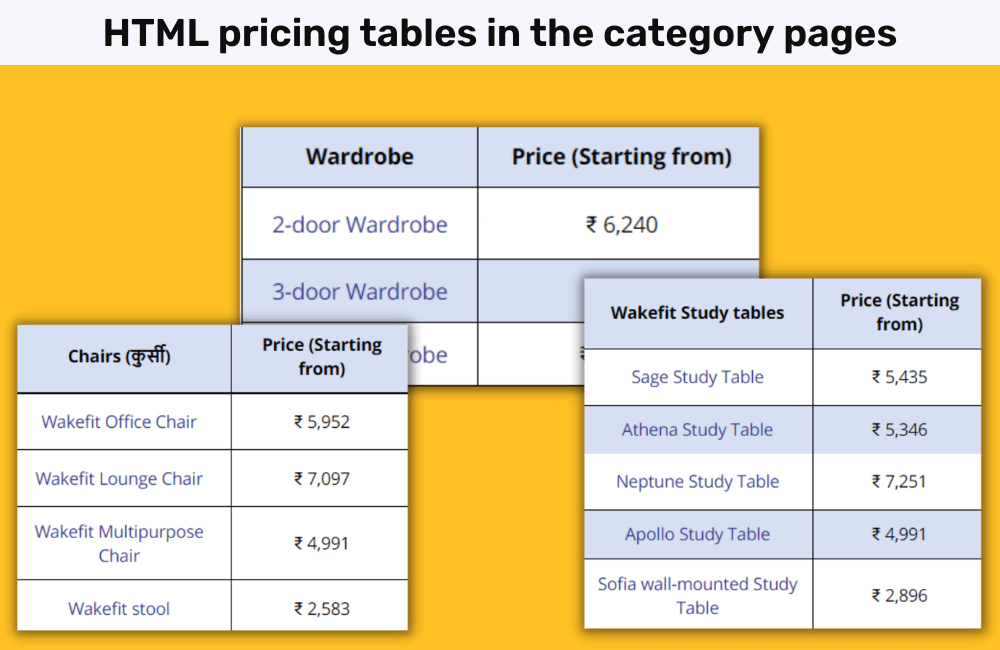
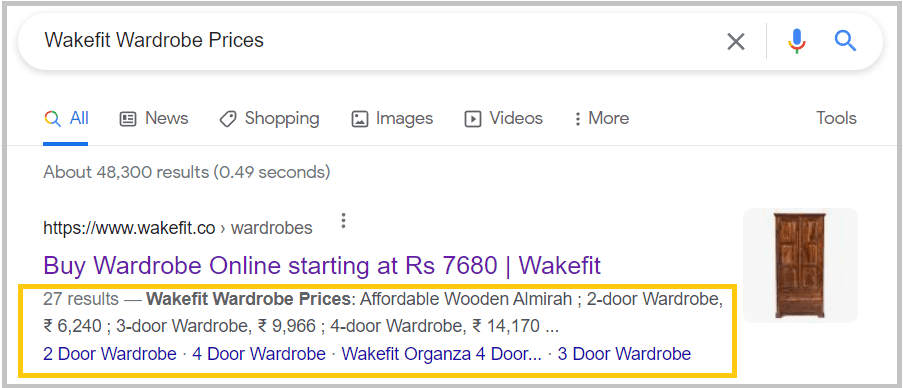


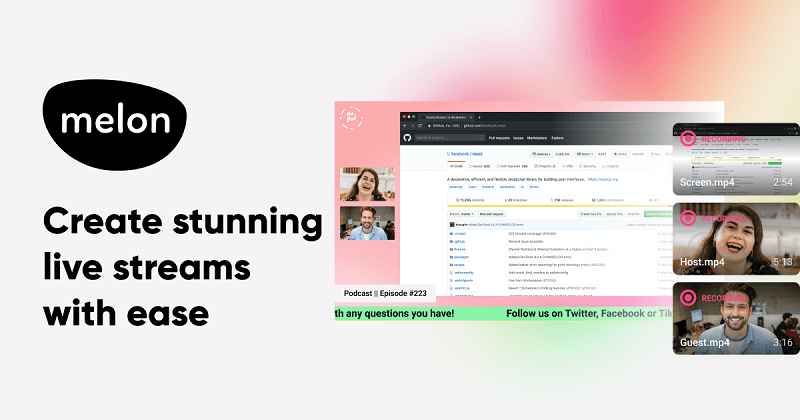
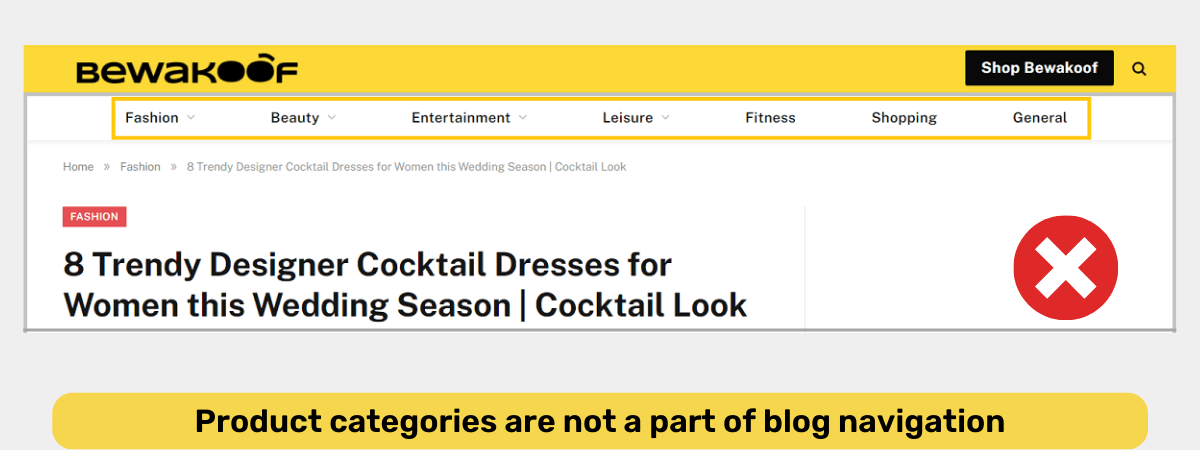
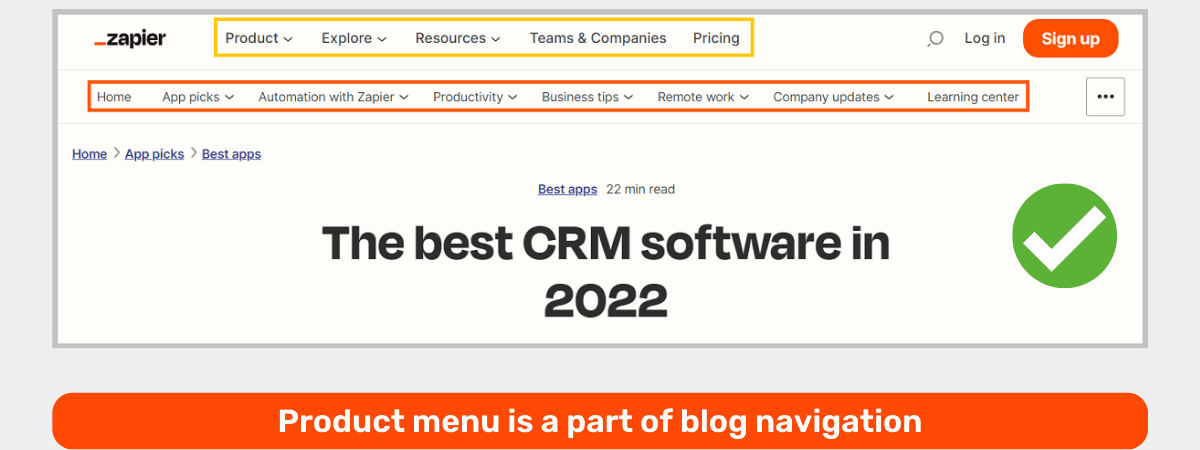
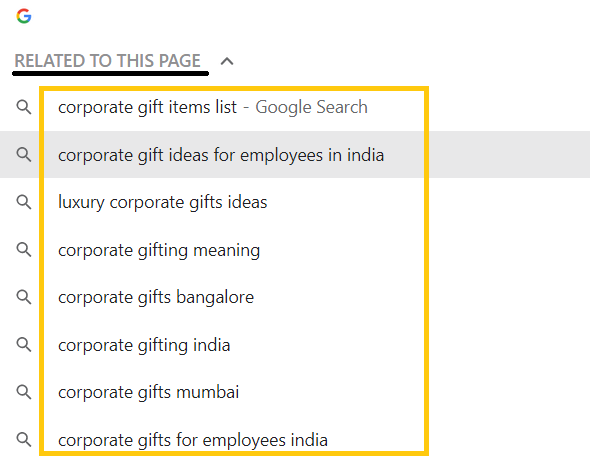
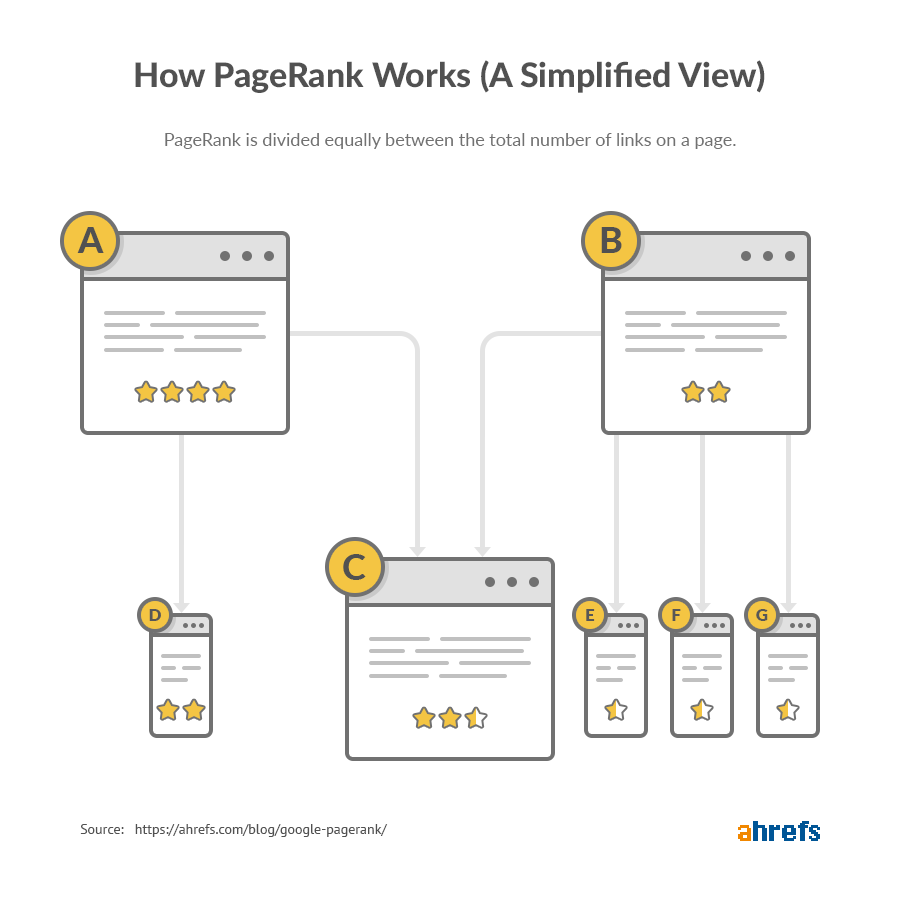
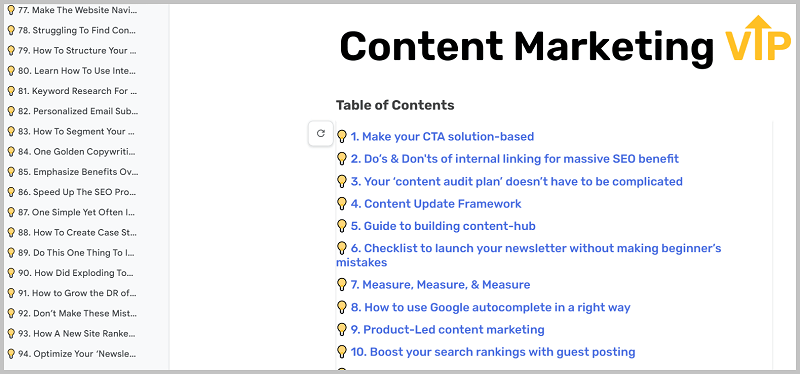
You could try a pay what you want model. You could even offer the resource in exchange for the reader sharing this on LinkedIn / Twitter. It could also be partially free -- first five resources are free to access, the rest can be paid. Good time for A/B testing 🤓
Yes! You should. This content is extremely valuable